Issue 1/2022 (March 2022)
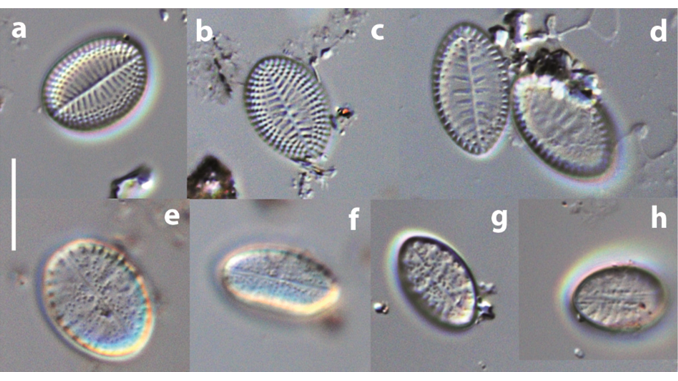
Upsilococconeis dapalistriata gen. nov. & comb. nov. (Bacillariophyta) – a pantropical marine member of Cocconeidaceae
Cocconeis dapalistriata, first described as a member of the genus Cocconeis, is re-examined due to its unique ultrastructure. Both valvocopulae of this taxon show significant differences compared to those found in the genus Cocconeis. They
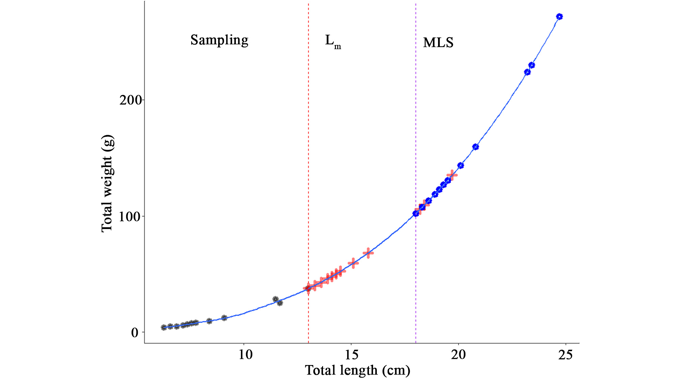
Sustainability or fun? Recreational angling in Marine Protected Areas
Gökova Bay MPAs (southern Aegean Sea, Turkey) include six different no-take zones (NTZs: Akyaka, Çamlı, Akbük, Boncuk-Karaca, İngiliz Limanı, Bördübet), in four of which shore angling is permitted (Akyaka, Çamlı, Akbük, Boncuk-Karaca). This study determined

Prospects and opportunities for mussel Mytilus trossulus farming in the southern Baltic Sea (the Gulf of Gdańsk)
In the Baltic Sea, where osmotic stress limits the growth of marine organisms, mariculture is driven primarily by the need to improve the status of the environment. To this end, several mussel farms have been
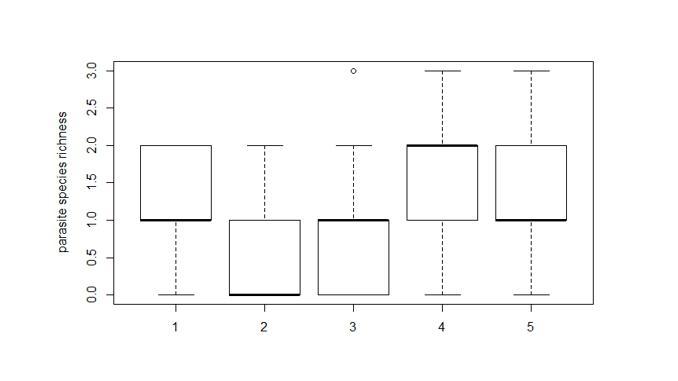
Parasites of the invasive Chinese sleeper Percсottus glenii (Actinopterygii: Odontobutidae) in the region of the first introduction of the Carpathian population
Parasites of the invasive Chinese sleeper (Perccottus glenii) were studied in five different localities at the site of the first introduction of the Carpathian population of this fish. We recorded eight taxa of parasites in
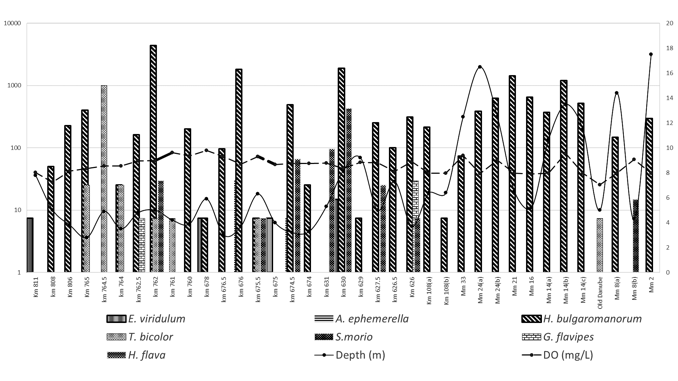
Molecular identification and distribution of insect larvae in the Lower Danube River
As a major component of freshwater ecosystems, insect species play an important role in nutrient cycling and are often used as bioindicators of water pollution. Although extensive studies have characterized insects from freshwater habitats, little
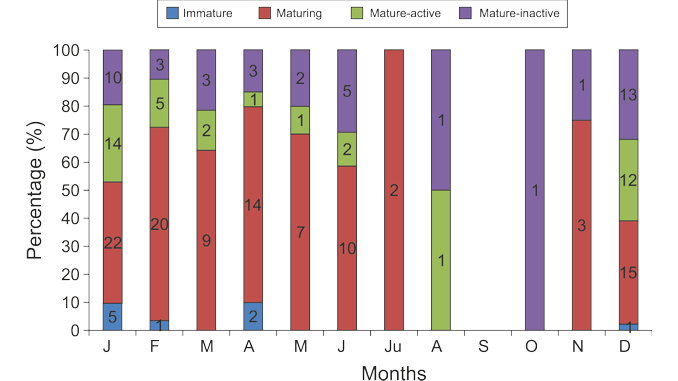
Life history of wahoo, Acanthocybium solandri, in the Tropical Eastern Atlantic Ocean – the importance of applying a suite of methods for fisheries assessment in data-limited situations
Unassessed fisheries, mostly non-targeted fisheries, are now particularly predominant in many commercial fisheries and are critical to food security in developing countries. These fisheries typically lack reliable data essential for assessing their stocks, leaving them
